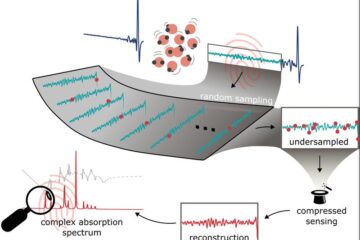UCLA researcher first to solve structure of membrane transport protein

Led by UCLA physiologist H. Ronald Kaback (Sherman Oaks), an international research team’s 12-year mission to solve the structure of an important protein has paid off. Kaback and his colleagues recently captured the three-dimensional structure of lactose permease (LacY), which moves lactose across the cell membrane of E. coli, a common bacterium.
According to Kaback, LacY is a model for a large family of related transport proteins, many of which are associated with human disease.
“We hope that the structure of LacY will offer a useful tool by enabling scientists to understand how other membrane transport proteins work,” said Kaback, a professor of physiology and microbiology, immunology and molecular genetics at the David Geffen School of Medicine at UCLA and a Howard Hughes Medical Institute investigator.
Published in the Aug. 1 edition of Science, the research findings could hold therapeutic implications for diseases such as lactose intolerance, diabetes, stroke and depression, which involve the malfunction of membrane transport proteins.
Crystallographers Jeff Abramson and So Iwata of Imperial College London co-authored the study. The work was partially supported by the National Institutes of Health.
Media Contact
More Information:
http://www.ucla.edu/All latest news from the category: Life Sciences and Chemistry
Articles and reports from the Life Sciences and chemistry area deal with applied and basic research into modern biology, chemistry and human medicine.
Valuable information can be found on a range of life sciences fields including bacteriology, biochemistry, bionics, bioinformatics, biophysics, biotechnology, genetics, geobotany, human biology, marine biology, microbiology, molecular biology, cellular biology, zoology, bioinorganic chemistry, microchemistry and environmental chemistry.
Newest articles

A novel universal light-based technique
…to control valley polarization in bulk materials. An international team of researchers reports in Nature a new method that achieves valley polarization in centrosymmetric bulk materials in a non-material-specific way…

How evolution has optimised the magnetic sensor in birds
The magnetic sense of migratory birds is probably based on the protein cryptochrome 4, and a genetic study has now provided further support for this theory. A team of researchers…

Molecular Fingerprint Beyond the Nyquist Frequency
Ultrafast laser spectroscopy allows the ascertainment of dynamics over extremely short time scales, making it a very useful tool in many scientific and industrial applications. A major disadvantage is the…





















